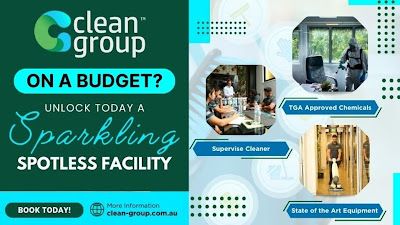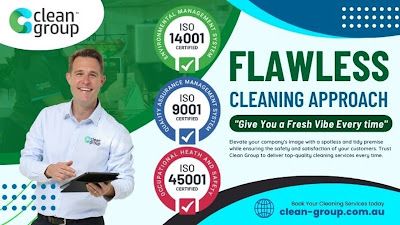
Commercial Cleaning Trends to Watch in 2025
The Role of Janitors and Custodians in Commercial Buildings
As commercial cleaning companies continue to evolve, a growing focus on sustainability and green cleaning practices is becoming increasingly important. Many businesses are now prioritizing environmentally friendly products and processes in their cleaning services, driven by both corporate social responsibility and the desire to reduce their ecological footprint. Green cleaning products are non-toxic, biodegradable, and free from harsh chemicals that can harm the environment or the health of employees and customers. This shift toward sustainability extends beyond the use of eco-friendly cleaning supplies, encompassing energy-efficient cleaning equipment, water conservation efforts, and waste reduction practices. By adopting green cleaning methods, commercial cleaning companies are not only helping businesses meet their environmental goals but also improving air quality and creating healthier, more sustainable workplaces.
Client communication and customer service are vital components of a successful commercial cleaning business. Clear expectations, well-defined service agreements, and consistent follow-up help prevent misunderstandings and maintain client satisfaction. Clean Group provides comprehensive and professional Commercial Cleaning Sydney across Sydney, NSW. Our fully insured, trained, and security-verified cleaners ensure your workplace stays spotless and hygienic. Schedule a free onsite quote today—book online or call us at 02 9160 7469. Get your obligation-free commercial cleaning estimate for offices, buildings, and other business spaces in Sydney.. Regular inspections, feedback systems, and client surveys allow cleaning companies to improve service quality and address issues proactively. Personalized service plans based on the client's industry, building layout, and operational schedule ensure that cleaning aligns with business needs and enhances the working environment.


